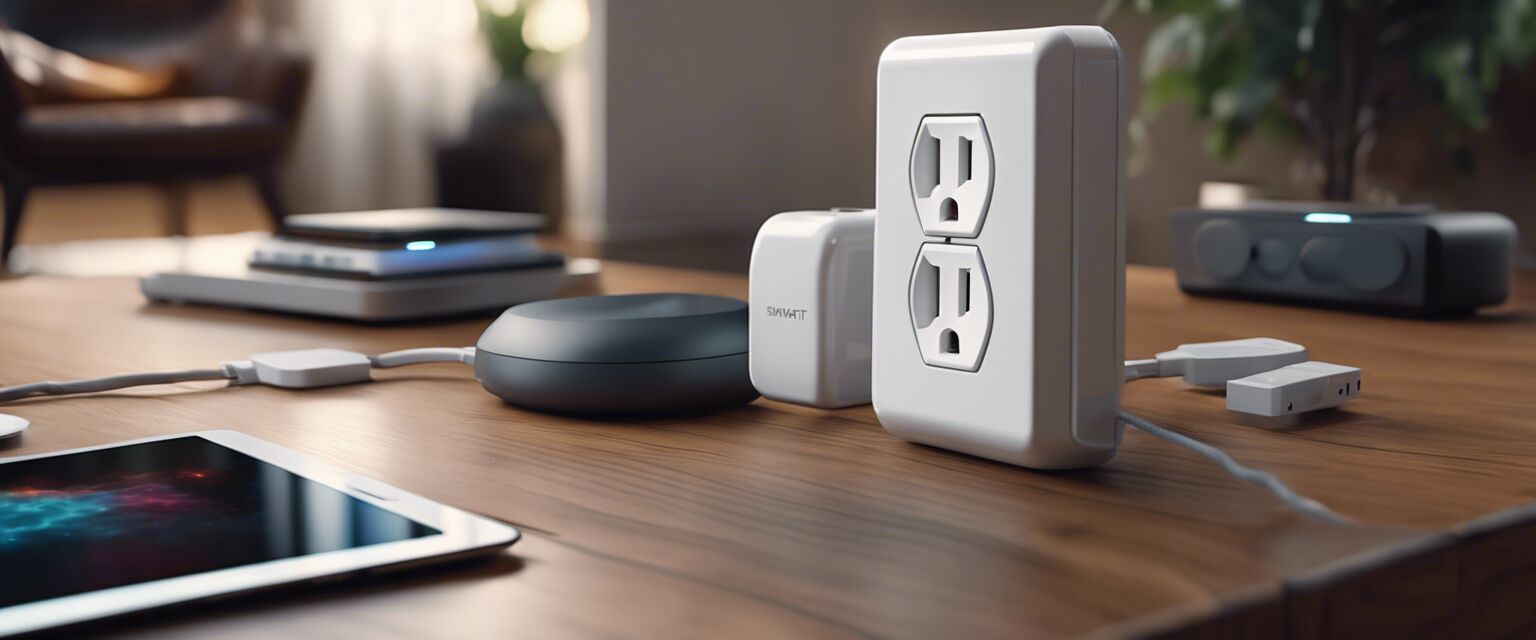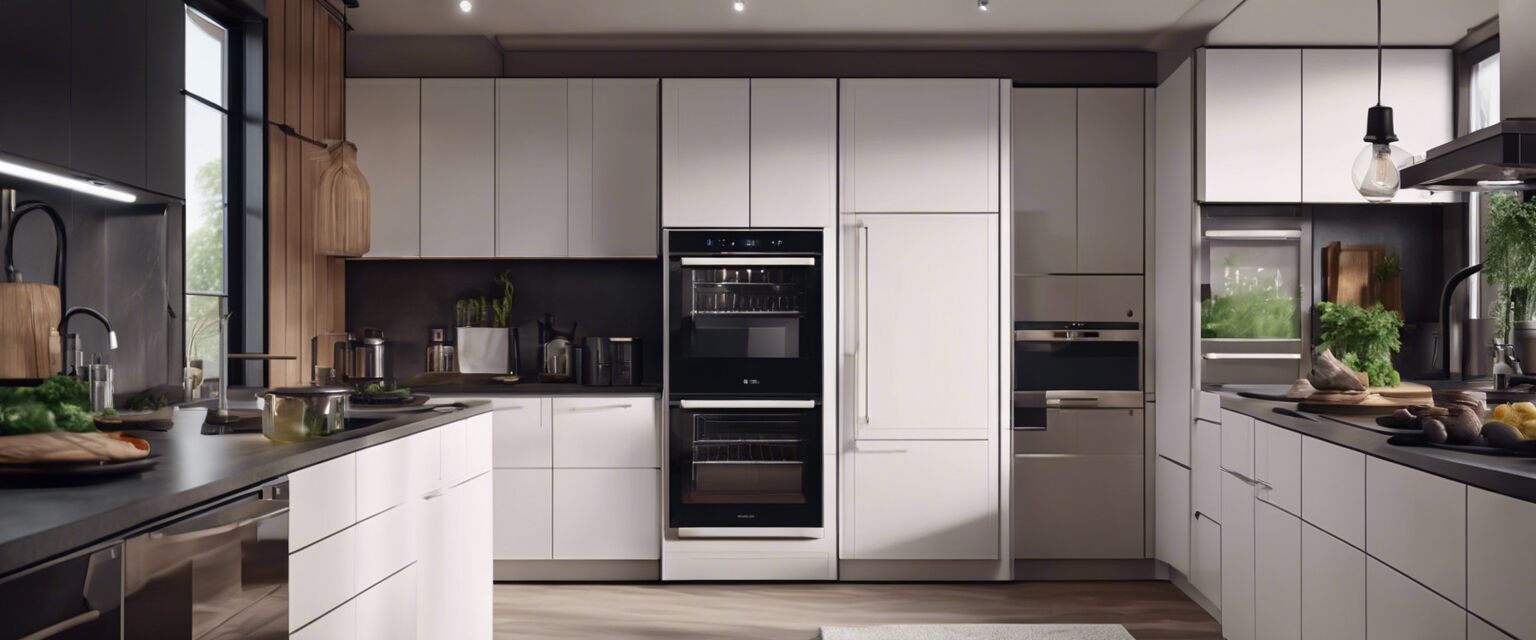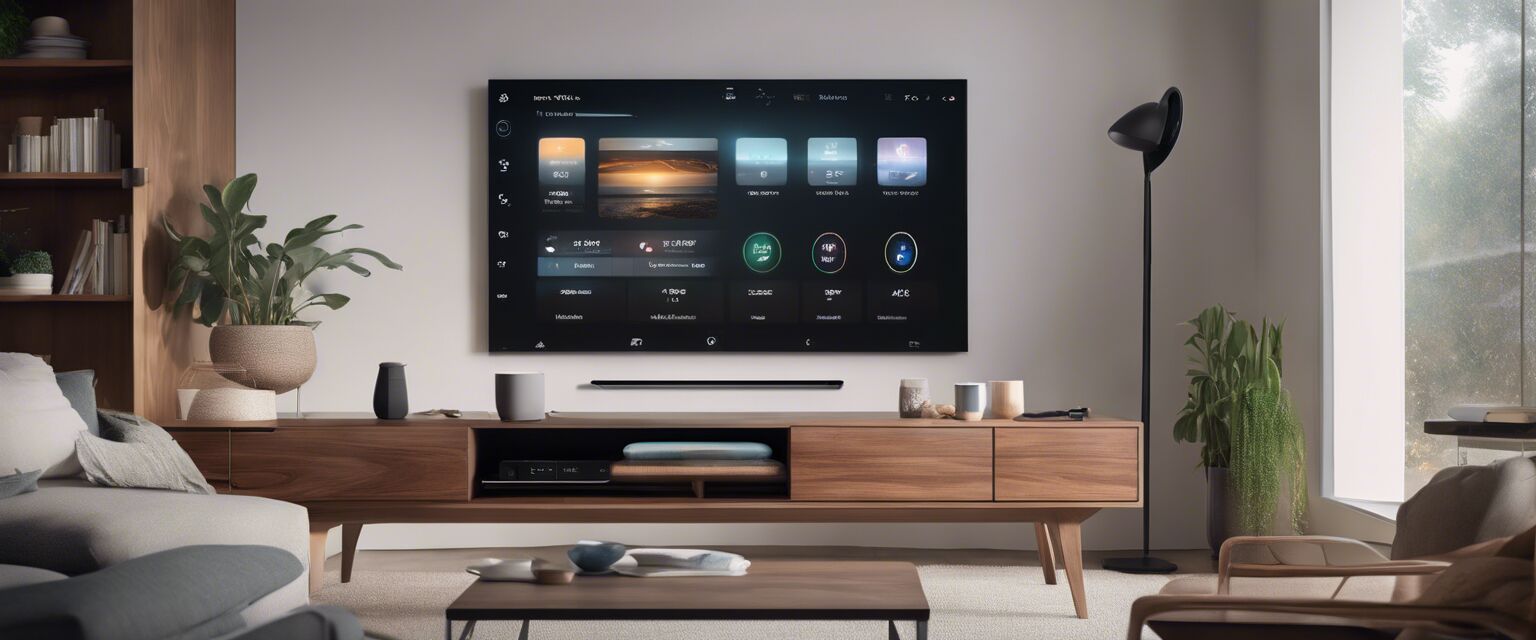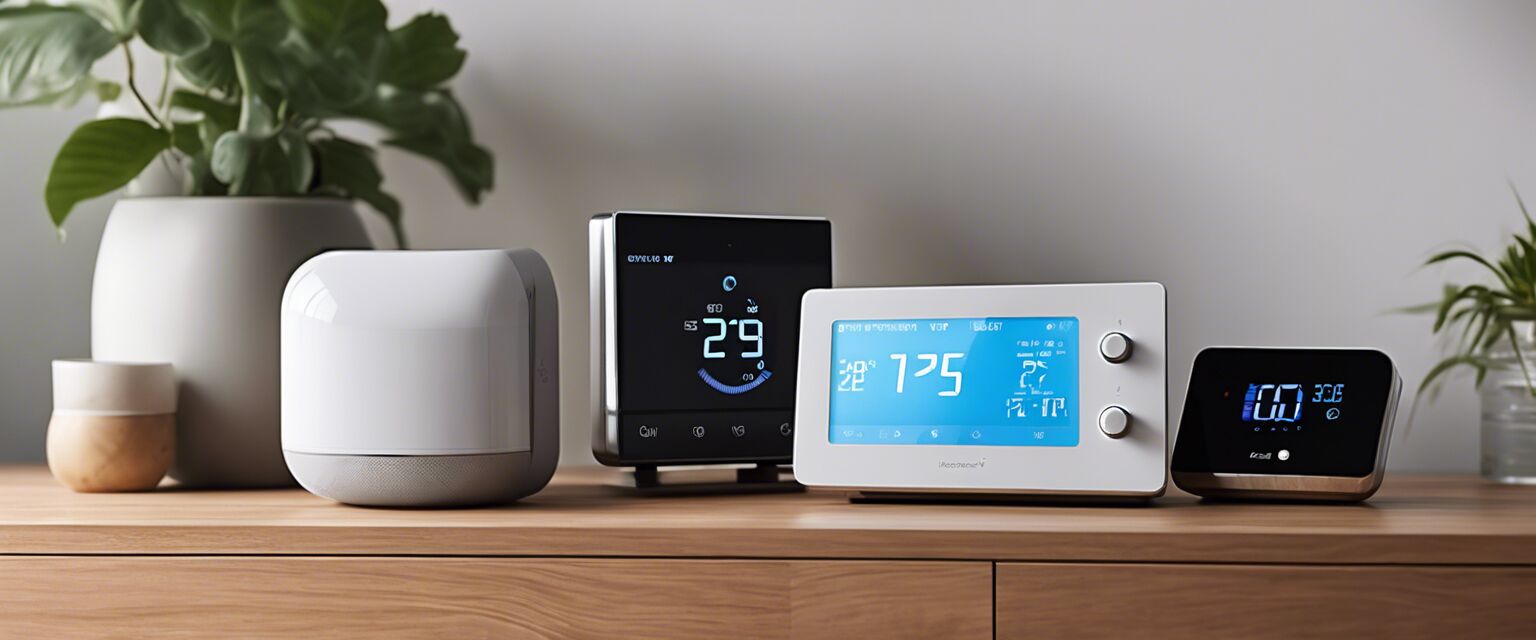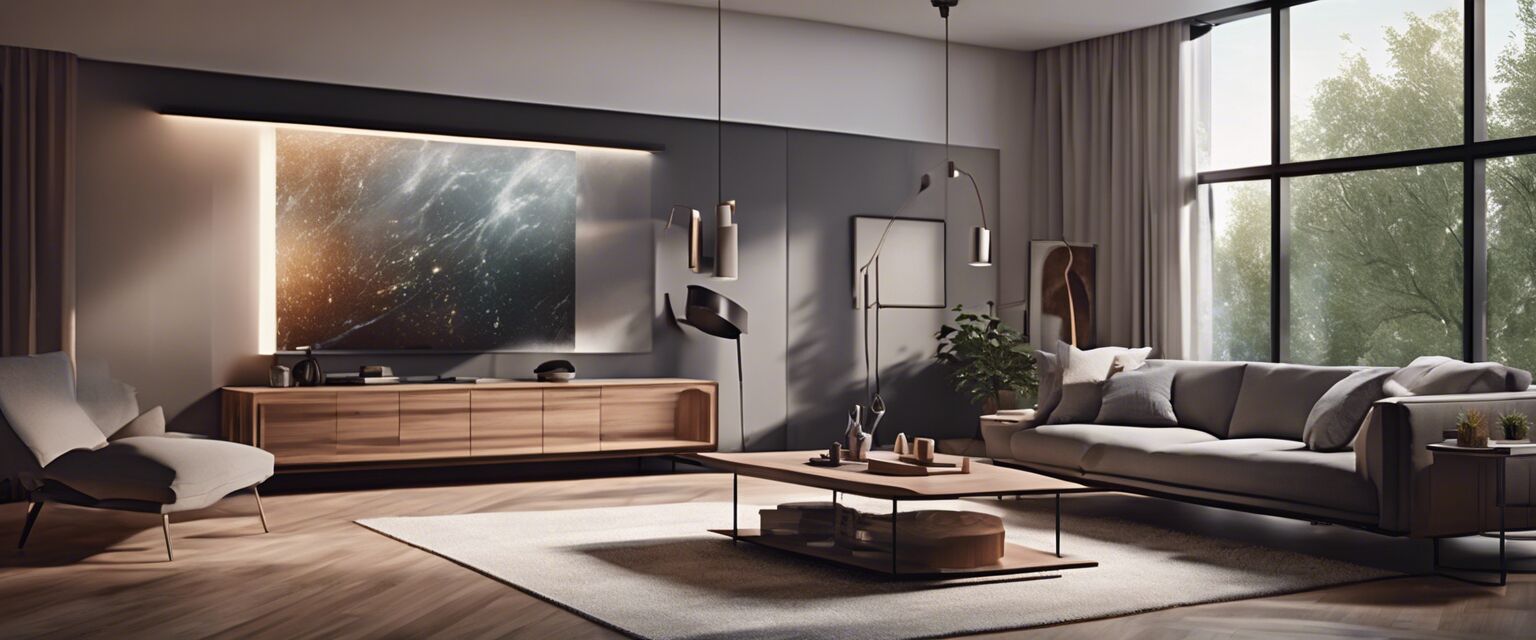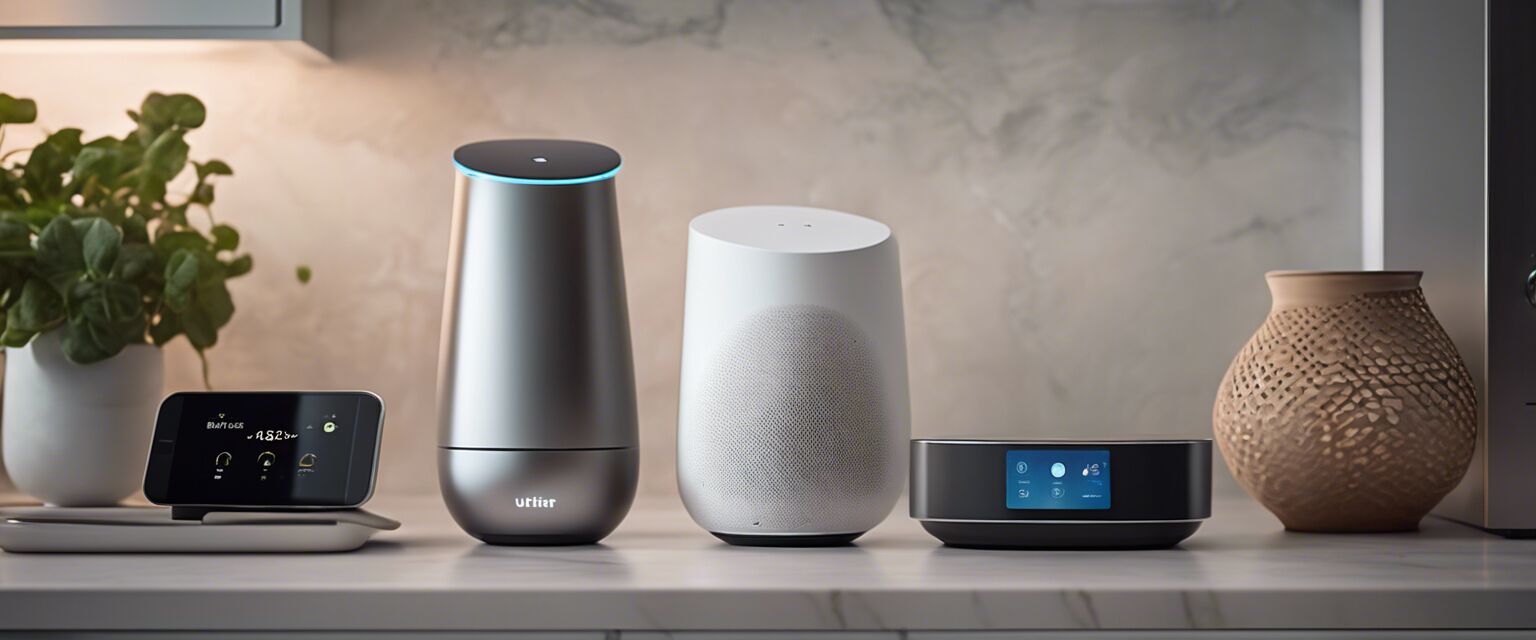
Smart Lighting Systems
Key Takeaways
- Smart lighting offers enhanced control and convenience for home illumination.
- Various options include smart bulbs, light strips, and advanced automation systems.
- Integration with smart home ecosystems enhances functionality.
- Energy efficiency is a significant benefit of smart lighting solutions.
- Setting up smart lighting can be user-friendly, with many options available for beginners.
Smart lighting systems are changing how we illuminate our spaces. With the rise of technology, homeowners now have access to a range of smart lighting solutions that offer convenience, energy efficiency, and the ability to create the perfect ambiance in any room. In this comprehensive guide, we will explore various smart lighting options, their benefits, and how they can enhance your smart home experience.
What are smart lighting systems?
Smart lighting systems are advanced lighting solutions that can be controlled remotely through smartphone apps, voice commands, or automated schedules. They allow you to adjust brightness, color, and timing, all from the convenience of your mobile device or smart home hub. These systems can include:
- Smart bulbs
- Smart light strips
- Smart switches and plugs
- Smart lighting automation systems
Types of smart lighting solutions
Below are some popular types of smart lighting systems you can incorporate into your home:
| Type | Description | Key Features |
|---|---|---|
| Smart Bulbs | LED bulbs that can be controlled via apps or voice. | Adjustable brightness, color changing, scheduling. |
| Smart Light Strips | Flexible LED strips that can be placed anywhere. | Color customization, sync with music, adhesive backing. |
| Smart Switches | Replace traditional switches to control existing lights. | Remote control, scheduling, energy monitoring. |
| Smart Lighting Automation | Systems that manage multiple lights through a single interface. | Scene setting, integration with other smart devices, geofencing. |
Benefits of smart lighting systems
Smart lighting systems come with numerous advantages:
- Convenience: Control your lights from anywhere using your smartphone or voice.
- Energy efficiency: Smart lighting can help reduce energy consumption and lower electricity bills.
- Customization: Adjust colors and brightness to suit your mood or activity.
- Security: Set lights to simulate occupancy when you're away, enhancing home security.
- Integration: Works seamlessly with other smart home devices for a unified experience.
How to set up smart lighting systems
Setting up smart lighting systems is generally straightforward. Hereâs a quick guide to get you started:
- Choose the right smart lighting product that suits your needs (bulbs, strips, or switches).
- Follow the manufacturer's instructions to install the devices.
- Download the corresponding app on your smartphone.
- Connect your smart lighting devices to your home Wi-Fi network.
- Customize settings, create schedules, and enjoy your smart lighting experience!
Compatibility with smart home systems
Many smart lighting solutions are designed to work with existing smart home ecosystems. This compatibility allows for seamless integration and enhanced control. Popular smart home platforms include:
Smart lighting trends
As technology continues to evolve, so do smart lighting trends. Here are some of the latest developments in the smart lighting industry:
| Trend | Description | Impact |
|---|---|---|
| Human-centric lighting | Lighting designed to mimic natural light patterns. | Improves mood and productivity. |
| Voice control | Integration with voice-activated systems. | Enhances convenience and accessibility. |
| Wireless technology | Use of Bluetooth and Zigbee for connectivity. | Reduces installation complexity. |
| Energy monitoring | Smart bulbs that track energy usage. | Helps users optimize energy consumption. |
Installation tips for beginners
Tips for beginners
- Start small: Begin with a few smart bulbs before expanding your system.
- Read reviews: Learn about the experiences of others with specific products.
- Watch tutorials: Online videos can provide helpful installation guidance.
- Check compatibility: Ensure your smart lighting choice works with your existing devices.
- Utilize customer support: Don't hesitate to reach out to manufacturers for assistance.
Conclusion
Smart lighting systems are an innovative addition to any home, providing convenience, energy efficiency, and customization. With a variety of options available, itâs easier than ever to create a personalized lighting experience. Whether youâre looking to enhance your home security or simply want to set the mood for a movie night, smart lighting solutions can meet your needs.
Pros
- Easy to control via apps and voice commands.
- Energy-saving capabilities.
- Customizable settings for various activities.
- Enhances home security.
- Compatible with other smart devices.
Cons
- Initial setup costs can be high.
- Dependence on Wi-Fi for functionality.
- Some products may have limited compatibility.
- Occasional connectivity issues.
Further reading
Expand your knowledge on smart lighting and related products by visiting the following pages:
- Explore smart lighting options
- Learn about smart hubs and controllers
- Discover smart security systems
- Check out smart thermostats
- Find smart plugs and switches



